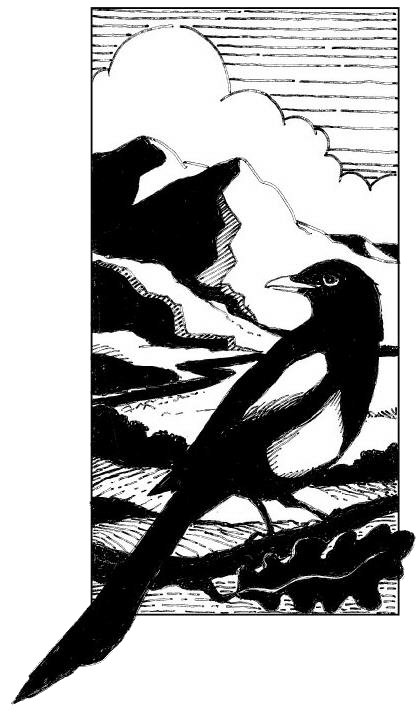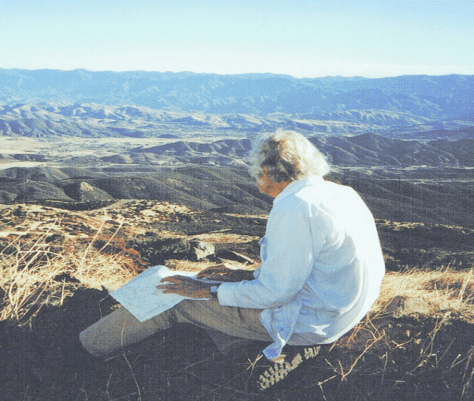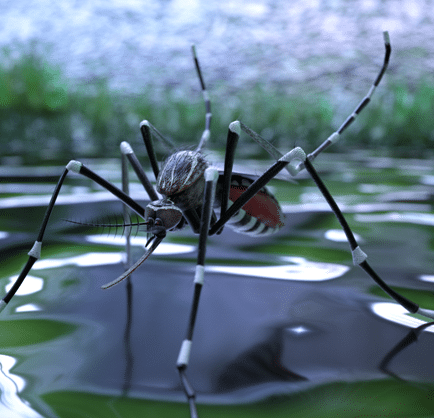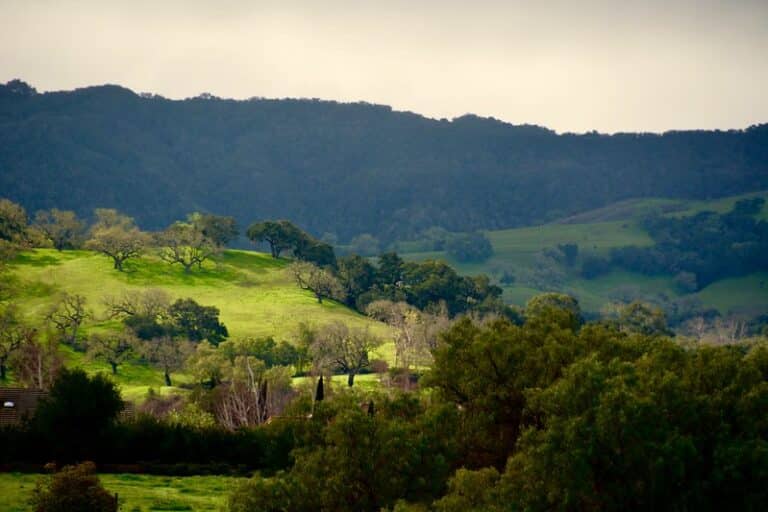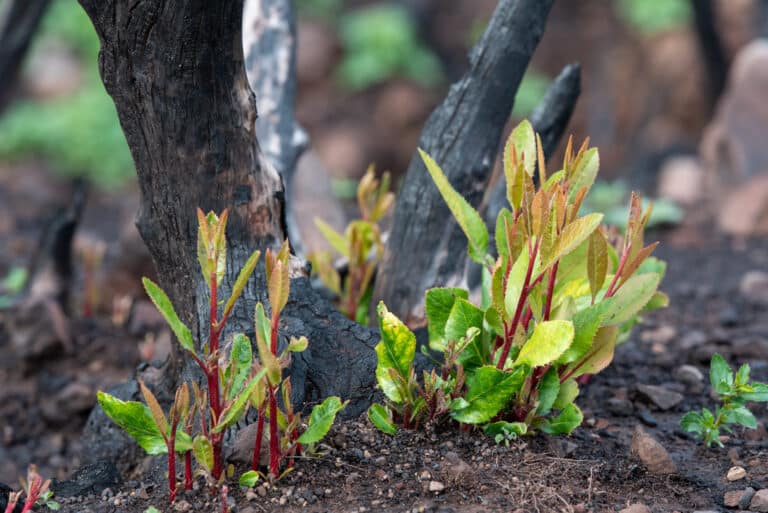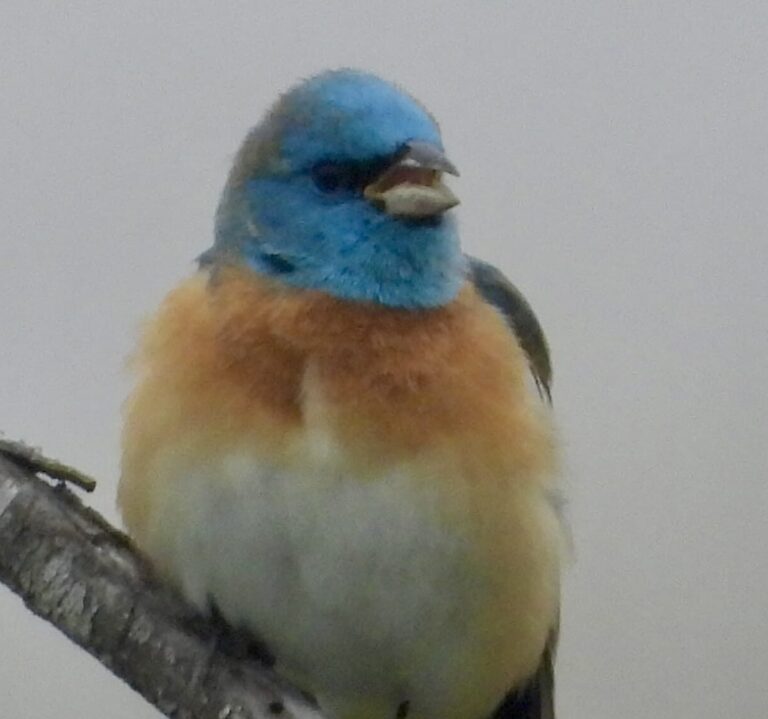Lecture with Bob Cummings, PhD, Prof. (Emeritus)

Co-hosted by the Los Olivos Library
Thursday, February 7, 7:30 p.m.
Los Olivos Community Organization Hall (LOCO)
2374 Alamo Pintado Avenue, Los Olivos
Featured photo of shelf fungus, Laetiporus gilbertsonii, by Bob Cummings
Bob Cummings has been teaching about mushrooms in the field and in the classroom for over 40 years. He shares some of his experiences in his own words:
“Out collecting in our lovely forests and oak woodlands, people always stop to look in our baskets and ask if we’ve found any good edibles. And which ones are the best. There are so many, I usually forget some of the best ones. I’ve been asked this question so many times that I decided to make a checklist of my personal favorites to be better prepared to answer next time. So, what’s number one going to be? Black Truffles don’t occur here. They would top my list and probably everyone else’s, but it wouldn’t be fair to include them. White Porcini? Black Trumpets? Morels? Or Coccoras (…think about that last one)? Over the years my rankings of the best edibles has had to be revised many times. Usually because of the most recent exotic and memorable mushroom dish I’ve eaten. If you are a mushroom hunter you have your own strong opinions that probably conflict with mine. Heated discussions to follow. After edibility, the next question people invariably ask is if we’ve seen any poisonous species on our hunt. And which ones are the worst. And how likely might it be for a beginner to make an unfortunate mistake? We answer best we can without enough specimens or pictures to illustrate our points. For the remainder of the hunt I find myself making a mental checklist of the toxic species around here, too. Number one on most peoples’ list has to be the Death Cap, a European species, as is the aforementioned Black Truffle.

But unlike the Truffle, the Death Cap was successful in getting established in Southern California. Why couldn’t it have been the other way around? But many other toxic mushrooms cause a lot of pain and suffering here, too. My list of toxic species has had to be revised also over the years, due in large part to the specimen identifications I do for emergency rooms. Good stories to follow.
Finally, the ten ugliest mushrooms (that only a mother (or a mycologist?) could love). I think these less-than-lovely species deserve their share of time in the spotlight too, warts and all. They may be photogenically challenged, but they merit appreciation equal to that of all forms of life (I’m thinking of Naked Mole Rats for some reason). How many times have you had to point out the mycorrhizal value of The Dog Turd Mushroom, or the fascinating life cycle of the Dog Vomit Slime Mold, after stopping someone from giving them a thoughtless kick? Should our list include Black Witch’s Butter instead of the Black Witch’s Saddle? Should we swap out the Dog Penis Stinkhorn for the Dog Turd Mushroom? Tough questions. By the way, have you noticed how often witches and dogs get dragged into this odd sector of mushroom names?”
Bob Cummings has been leading forays, collecting, photographing, and eating wild mushrooms in the Santa Barbara area since the 1960s. Over the years he has built a large collection of photos and a modest herbarium of specimens for taxonomic reference. He is a member of the North American Mycological Association Toxicology Committee. He fields calls on a regular basis from laypersons, physicians, and veterinarians from central California involved in mushroom poisonings. He also works closely with emergency room physicians at local hospitals and clinics. He is a frequent speaker for the Los Angeles Mycological Society, and has given talks and led forays for many other mycological and natural history groups from San Francisco to San Diego. Bob currently teaches an online course in plant diversity for Santa Barbara City College. For the past six years he has pursued his other passion, wine making. He lives in Montecito with his wife, Lynne, a retired elementary school teacher (and bird-watcher).
